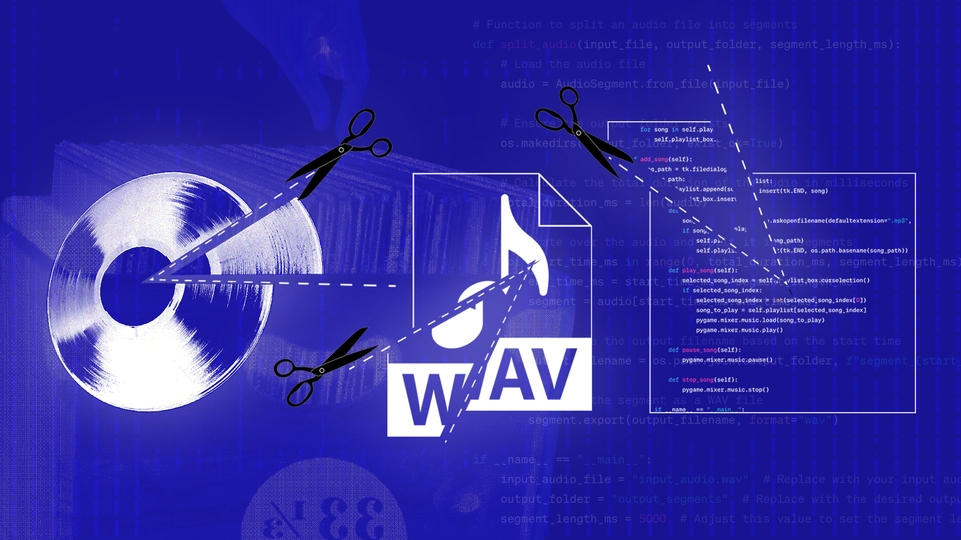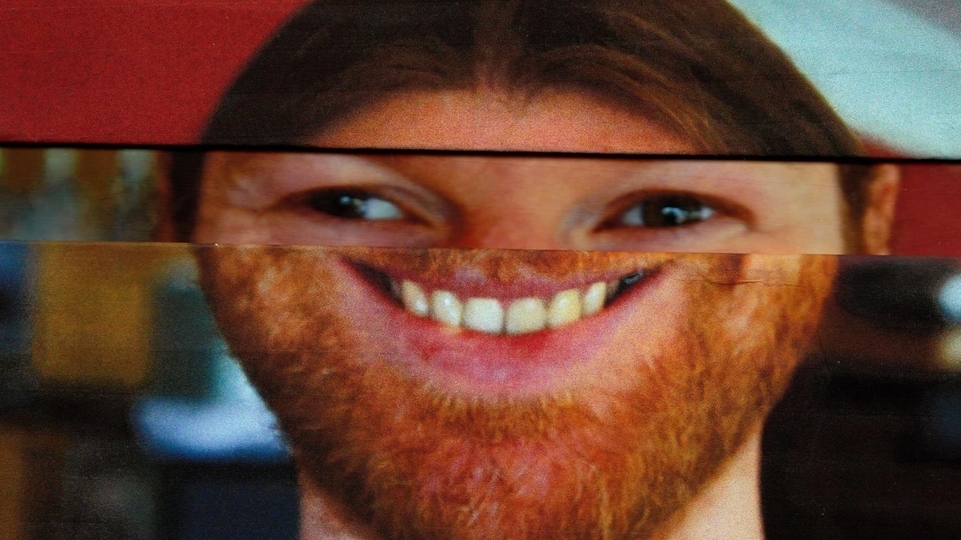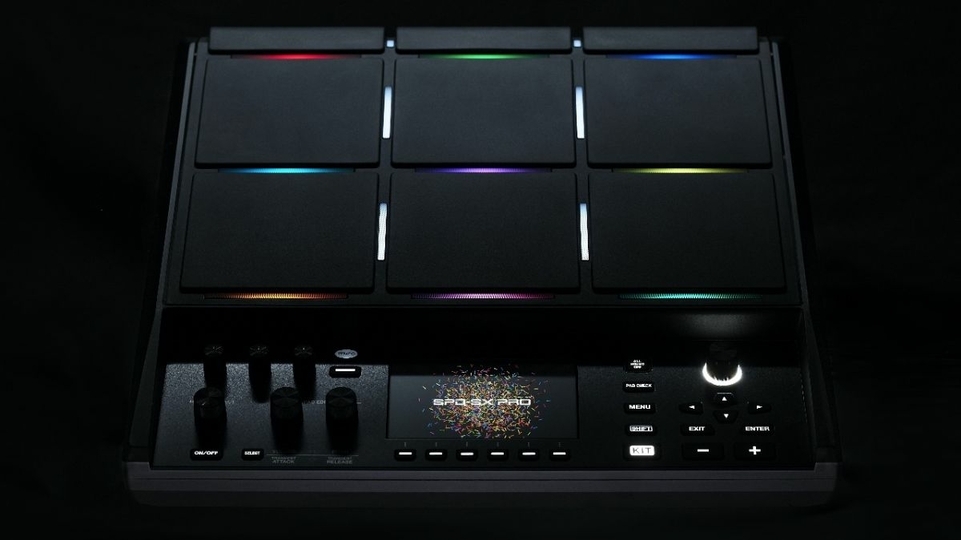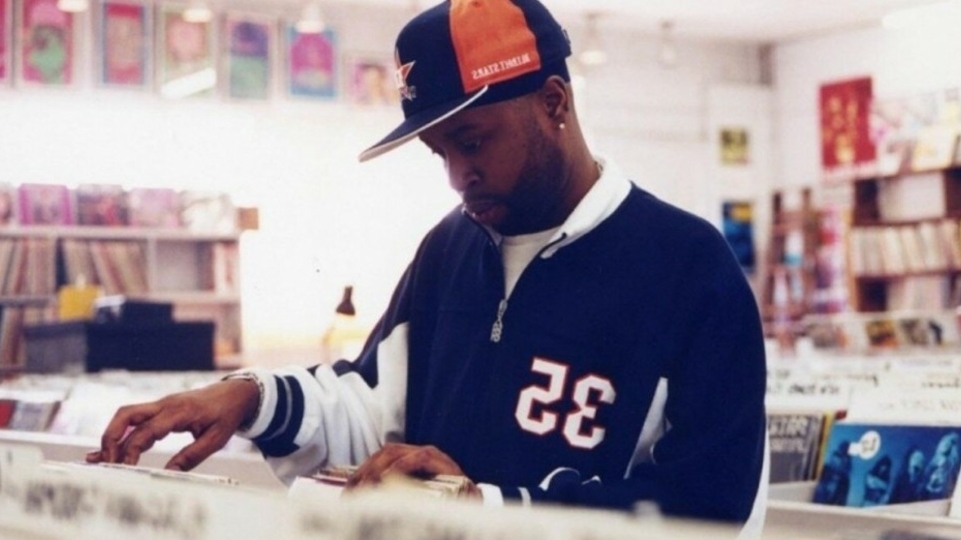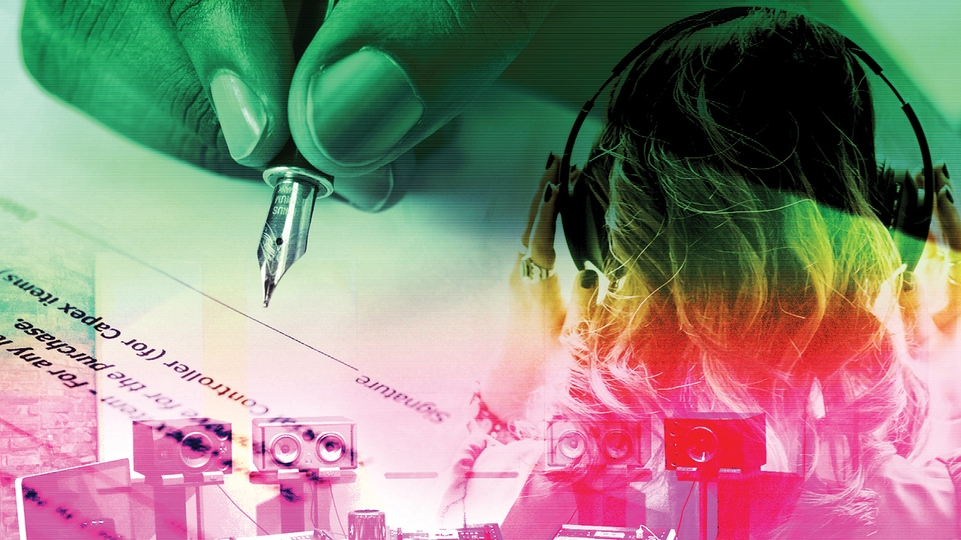
Beginner’s Guide: Sampling
In her latest Beginner's Guide, E.M.M.A. looks at getting creative with sampling
Like many topics in music production, ask the right person — or get cornered by the wrong person at a party — and the conversation could go on forever. Sampling is one such topic.
Sounds can pass on from one generation to inspire the next. Search one of your favourite iconic tunes on whosampled.com, and you’ll find its own ecosystem; a map of history of who is connected to it by a fleeting moment. I searched ‘Tony’s Theme’ from Scarface, by Giorgio Moroder and realised Mobb Deep and Kanye West had sampled it, which I also love.
There’s lots to say on the history and politics of sampling (DYOR). The purpose of this piece is to explain how you might use it. You’ll find comments throughout from my friend, the esteemed UK producer and DJ Etch, who I wanted to speak to for this piece because his sound is heavily informed by the “extremely crude changes in samples” found in UK hardcore. “Anything can work if you have the ear,” he says.
Getting started
First of all, sound libraries such as Splice, Loopmasters or LANDR offer royalty-free samples, such as one-shot drum hits, which have been recorded to the highest quality. That way you know you have good raw material which is cleared to use; so you can focus on laying down a beat. There are multiple free sample packs available online too, and a steady increase in artists creating and selling their own packs for an added revenue stream. I saw a Phil Collins ‘inspired’ snare pack once, I’ve never added-to-basket quicker.
"There are multiple free sample packs available online too, and a steady increase in artists creating and selling their own packs for an added revenue stream"
Manipulating sound
Applying effects to an existing sound to create something new is a great way to practice actively listening to how the sound changes when effects such as EQ, filters or compression are applied, which will up your production game across the board. “The way I tend to work with samples is I will lay them out so they can be played at any pitch, be that on a MIDI controller, a hardware sampler or just with your mouse and keyboard in a DAW,” says Etch. “The processing element of sampling is where you can turn the sound of a snapped twig into the heaviest snare/sidestick hit drum, or you can pitch it all the way down and turn it into a weird tonal bass akin to an 808. I stretch samples beyond recognition, I let them play side by side in a way that doesn’t make sense, I run them through filters.”
Ableton heads might have seen the Drum Rack, Simpler and Sampler, which are all useful. Outside the sampling tools inside your DAW, audio editing software — including my fave, the free to download Audacity — are the one. It looks pretty retro and has various effects like panning, low-pass filter, etc. I’ve processed things there and dropped them into FL Studio.
“Whatever your poison is, your sampler will typically give you the option to chop points, these points can then be played out on the piano roll editor or on your MIDI controller. You can get deeper editing with other samplers too such as reversing, ‘ping pong-ing’, looping a section of the sample so it plays over and over again” adds Etch. “With FL’s built-in sampler, it lets you set this to existing scales such as the blues scale, bebop, major pentatonic, minor pentatonic, diminished etc. No, I don’t know what any of that means. The ‘sound design’ course at university taught me nothing other than to hate Pro Tools.”
Until next time, happy sampling!
